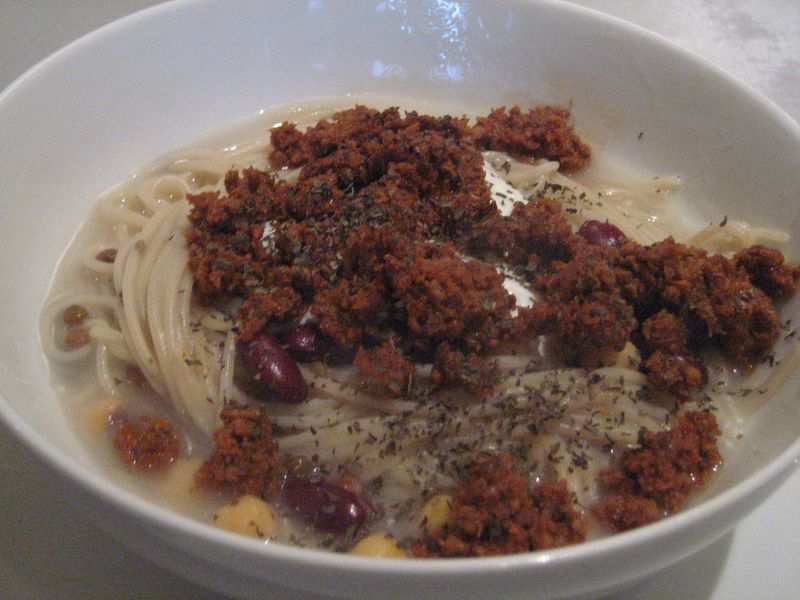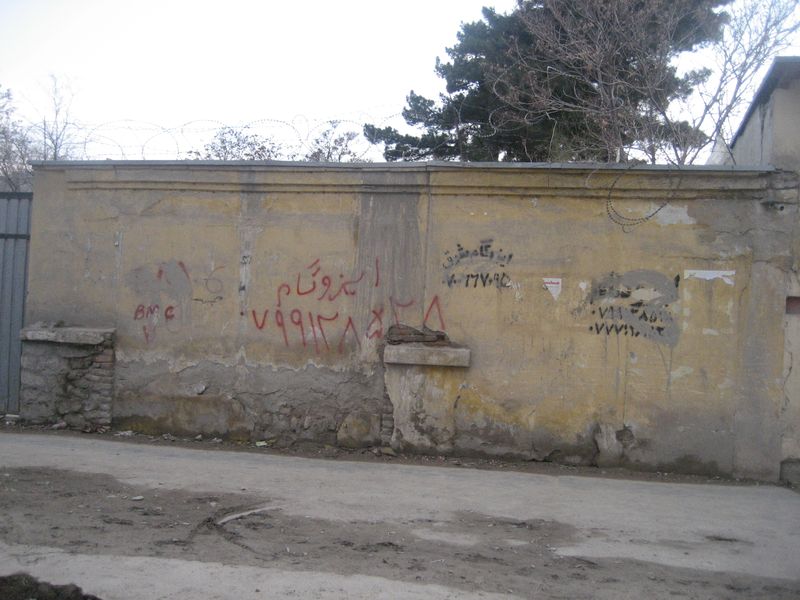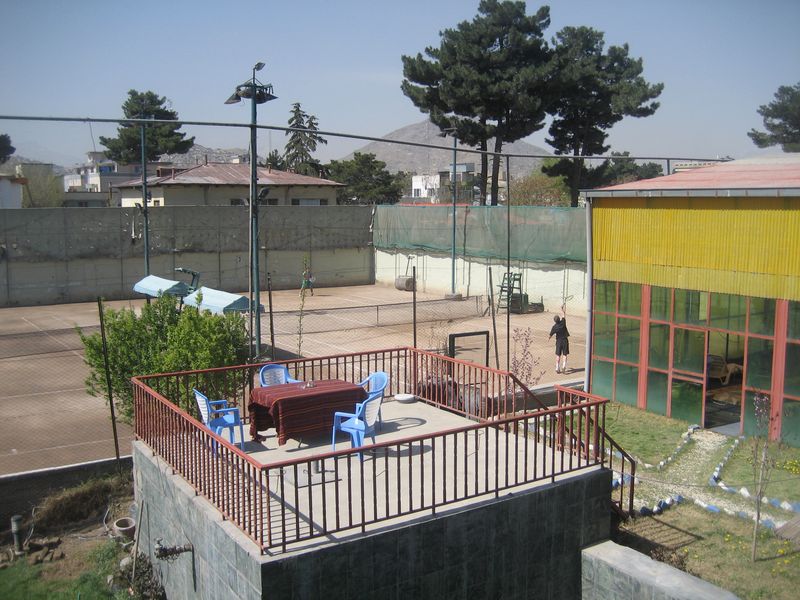By Humaira
Over three years ago Katie went to a food writer’s conference and came back armed with ideas on how to promote our idea to write an Afghan cookbook. One of those ideas was to start a blog to share our love for Afghan food and build a reader base. We were both novices in the blogosphere but with the help of great friends with technical savvy (John Witchel and Paul Nakada) we actually achieved our dream of becoming the number one Afghan blog in the world. Ok, so there aren’t many active Afghan food blogs in the world but we are Number One. We found our blog to be a great way to share our recipes, so we abandoned our idea of writing an Afghan cookbook. Our wonderful readers (yup, that is you) constantly inspire us with encouragement, praise and ideas.
A year ago Katie followed her bliss and started a blog about a subject dearest to her: making healthy, delicious food easy while raising her three wonderful daughters. I am really proud to say that Katie’s immensely popular blog Mom’s Kitchen Handbook should be a bookmark for every mom. Katie is very busy writing a book for Chronicle books, keeping up her fabulous blog, starring in videos for Pottery Barn and being a great mom. So, with heavy heart I finally accepted that Katie could only contribute occasional guest blogs to Afghan Cooking.
This transition is a difficult one since Katie and I made a great team. Our skills were very complimentary and we were always on the same page with our vision. I have been thinking about how to move the Afghan Cooking blog forward without Katie the food writer. Although I know Afghan food and I get great joy from our recipes, my real passion is sharing Afghan culture with you. When I first approached a friend (an Afghanistan expert) about the idea of promoting Afghan food he said, “Food is associated with comfort and joy. When it comes to Afghanistan all people will think about is what do those barbarians eat before they kill each other.” When I read your wonderful comments about how you love Afghan food, I feel vindicated since my friend was SO wrong.
I am really excited about 2012 and the opportunity to not only share Afghan recipes with you but to also write about Afghan culture, Afghan heritage and current events. In the past ten years I have dedicated my passions to sharing Afghanistan’s history, culture and of course food. And to emphasize my desire to share this wealth of culture with you, I have renamed this blog: Afghan Culture Unveiled.
Thank you for reading Afghan Culture Unveiled.
In honor of my friendship with Katie, once again I share our favorite Afghan dish aush, the soup that initiated our friendship over seven years ago. Katie and I love eating and making aush, our family's favorite Afghan dish. In fact, I am making aush tonight. Nosh e jan, bon apetite.
6a01157090fab6970b011571717042970b-800wi
Aush
Afghan Noodle Soup
We sometimes add a few handfuls of chopped spinach or swiss chard when the pasta is nearly cooked for extra color and nutrition.
1 small yellow onion, finely chopped
1 tbsp. olive oil
2 cloves garlic, minced
1 lb. ground beef or ground turkey can be a fine substitute
1 ½ tsp. ground coriander
1 1/2 tsp. paprika
1 tsp. salt
½ tsp. ground black pepper
2 tbsp. tomato paste mixed with 2 tbsp. hot water
7 oz uncooked spaghetti (doesn’t have to be exact)
10 cups chicken broth
1 15 oz. can kidney beans
1 15 oz. can garbanzo beans
1 pint plain yogurt
Dried mint (optional
Instructions:
Saute the onion in olive oil in a non-stick frying pan on low heat until tender and golden. Add the garlic and sauté another 2 minutes. Add the ground beef and use a spoon to break it up as it cooks so it is loose and separated (like taco meat). Once the beef is browned add the coriander, paprika, salt, pepper and tomato paste. Mix everything well and continue to cook over low heat for about 15 minutes.
While the meat is cooking, pour the chicken broth into a large pot and bring to a boil. Add the spaghetti and boil for 5 minutes. Empty the beans into a colander and rinse with water. Add the beans to the spaghetti and continue to cook until the pasta is done.
To assemble, put 2 ladles of noodles and broth and 2 spoonfuls of beef into a deep serving bowl. Finish with 1 or 2 spoonful of yogurt on top and sprinkle some dried mint. Give it a stir and eat.
Except where otherwise noted, all content on this blog is licensed under the Creative Commons Attribution-NonCommercial-NoDerivs 3.0 Unported license.








